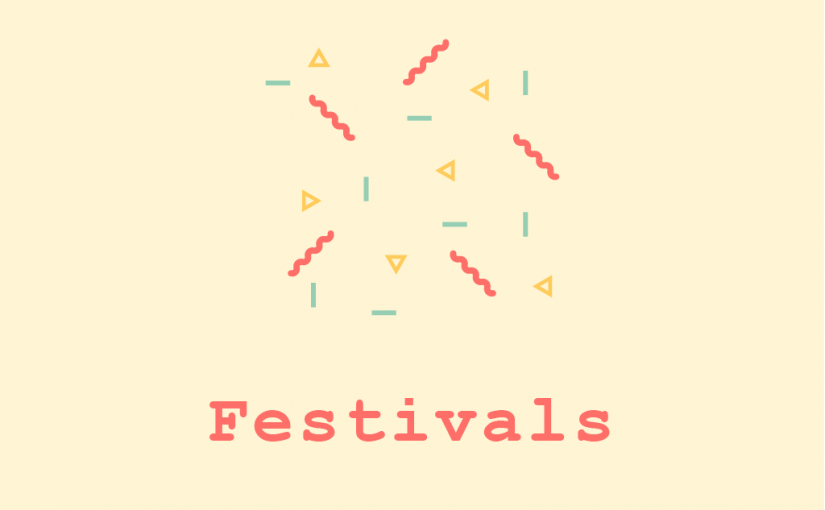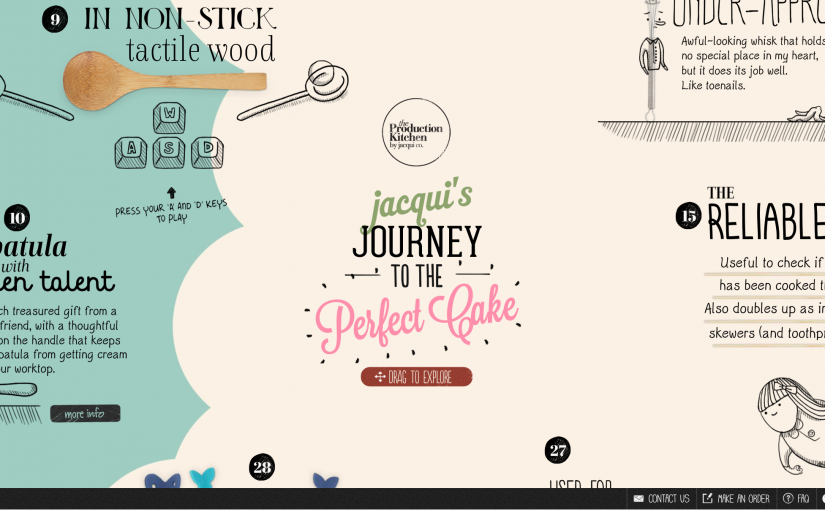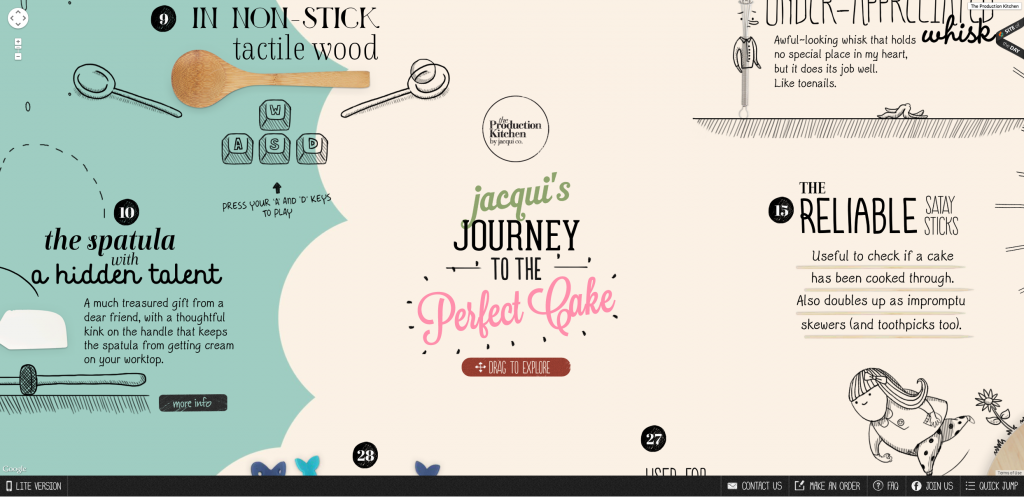Summary:
The Garden of Forking Paths tells the story in the context of World War I where an Asian man, Dr. Yu Tsun, working for the Germans, found out about the ‘new British artillery park’ where the Germans were suppose to attack. He was therefore chased by Captain Richard Madden, an Irishman working for England. Dr Tsui decides to go to his friend, Dr. Stephen Albert’s house to seek a place of refuge. His ancestor, Ts’ui Pen wrote a novel where a Labyrinth was mentioned. Dr. Albert explained about it having a symbolic meaning where there were various futures with many different possible solutions. It was a massive guessing game without using the word itself. Captain Madden arrested Dr. Tsui as the latter killed his friend so to convey the secret place name, Albert to his Chief in Berlin.
Reflection:
After reading the short story The Garden of Forking Paths, I was confused when I read it for the first time. I did not understand why the main character, Dr. Yun Tsun was running away from Captain Richard Madden and why he killed his friend, Dr. Stephen Albert despite the latter allowing Dr. Tsun to seek refuge in his home. In the story, different types of actions led to many possible outcomes or solutions. After I read it a couple of times to fully understand the author’s point of view and the reason of stating multiple possible outcomes, I found the story quite interesting. Readers remained in suspense over what was going to happen to Dr. Tsun. Additionally, there was a special meaning behind the labyrinth his great grandfather Ts’ui Pen was writing about in his incomplete novel which Dr. Tsun was reflecting upon.
The part where Dr. Tsun got pursued by Captain Madden was thrilling, since Dr. Tsun knew the secret behind which part of Germany was going to be attacked by England. As I read the story, I felt like I became the main character trying to escape from the other spy in order to get the information to the country I was serving, getting help from a friend to get away from the other person. In that desperate situation of trying to get the secret information out, I had no choice but to kill my friend to get on the news so as to reach the country I was serving.
The Labyrinth was an interesting part of the story as it mentioned that there were many possible outcomes or solutions depending on the type of actions taken. It was mind-blowing. Many times we think that if something were to happen, the outcome would only have one answer. However if we change our mentality from there being only one outcome to having multiple outcomes, it would create a guessing game.
In interactive narratives, having multiple outcomes of a story could spark the interest of readers to continue on reading. One would not be able to identify what would happen next since there are so many possibilities out there.







































Recent Comments